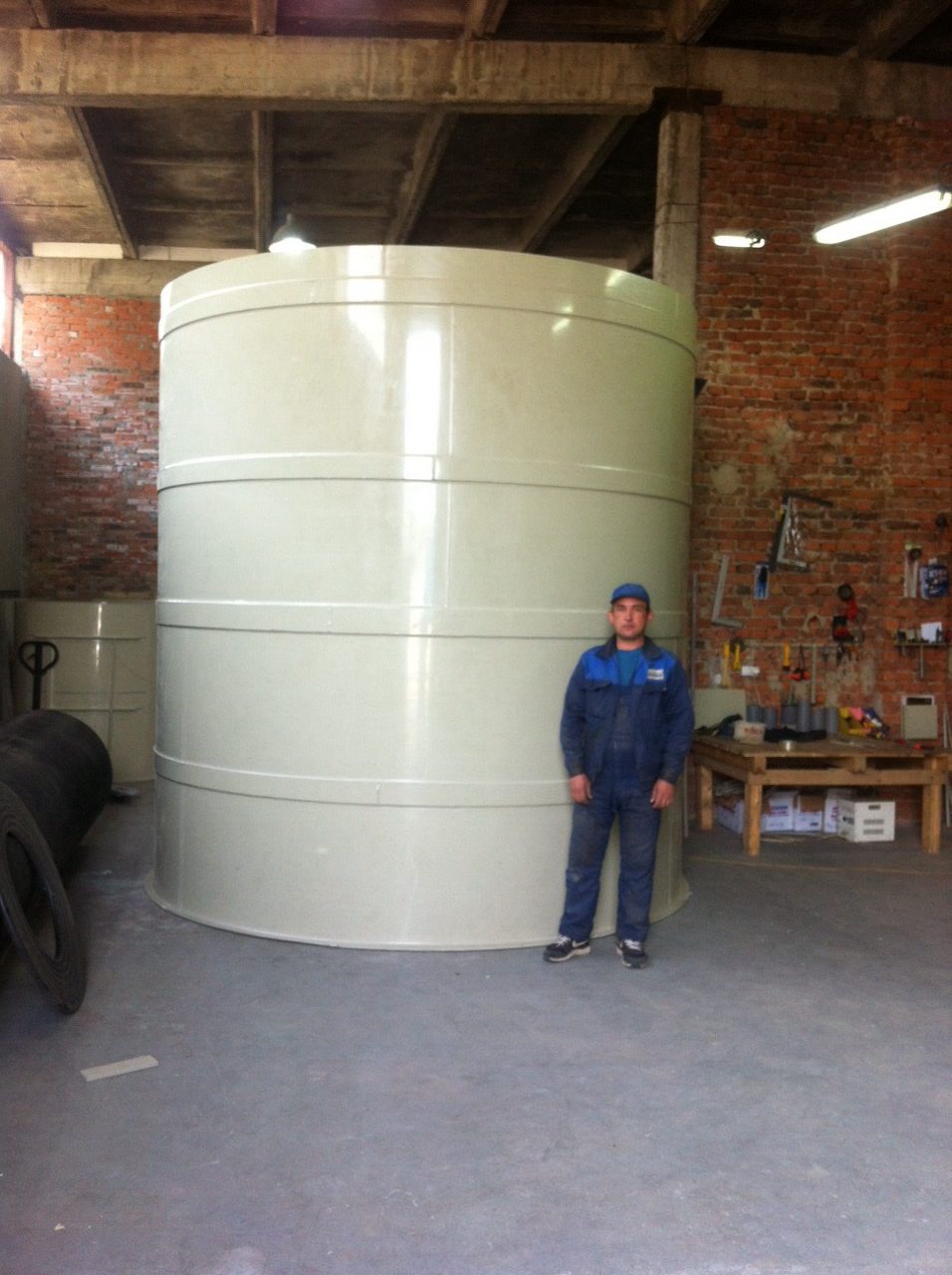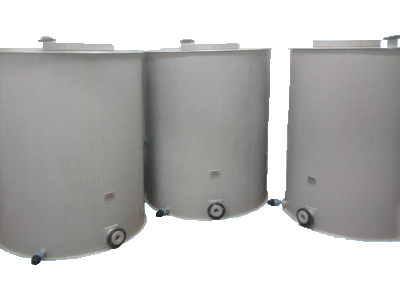Water storage tanks. Features
Plastic water tanks are used in all areas of human activity, where there is a need for its storage and stock. The use of such a tanks is very popular in everyday life, as well as in industry in completely different segments of the economy.
Different industries need water of different quality and degree of purification. For example, the tank in which water is stored for consumption must fully meet all sanitary requirements, which is not important for the tank with technical water. In general, such a tanks are installed on the ground, but there are situations when the tanks are buried deep in the ground. The second option requires special installation conditions, such as the formation of the pit, the creation of a pad of crushed stone or gravel, as well as pouring concrete.
Only then install the tank, and this one, which has additional stiffeners, as the tank will continue to be pressured by the soil.
The classification of plastic tanks is very broad and includes, for example:
- drinking water tanks;
- tanks for technical water, etc.
Buy plastic water container
The best material for the production of tanks for water storage is polypropylene sheet or polyethylene, which is used in the food industry, in which it is possible to store any food products. In such tanks, it is possible to store not only technical, but also drinking water. Drinking water storage tanks can be identified by color: they are made in blue, which is protected from UV radiation, and in such containers in the future will not form a specific odor.
All plastic tanks are very stable, so they are mounted on any surface. The service life of the tank depends on the conditions of use and can reach up to 50 years.
If to compare plastic tanks with analogs made of reinforced concrete, consumers note such a positive qualities of plastic tanks:
- ease of transportation;
- ease of installation;
- tightness;
- low cost;
- light weight;
- environmental friendliness of the whole structure.
Order a water tank
Plastic tanks are used both in everyday life (watering, water storage, formation of shower tanks, etc.) and in production (tanks for bulk and liquid materialsa, their storage and transportation).
In rural areas, plastic tanks are used for automatic washing machines, which require water supply with a constant pressure, are also used in everyday life, and they are also installed when the central water supply system operates periodically. In fact, the scope of such a tanks is only increased, and primarily because it is convenient and inexpensive.
Such a tanks can be made of thermoplastic polyethylene, which has a high degree of impact resistance. Also, such a material at increase of temperature indicators becomes more plastic, and at temperature decrease hardens. Such properties fit perfectly into the idea of the best of the materials for tanks.
Polypropylene is also used for the production of plastic tanks, which has the same advantages as polyethylene, but is more resistant to negative chemical effects, as well as ultraviolet radiation. The choice of materials for the production of plastic tanks is purely individual, as the determining factor in this matter will be the purpose of the tanks.
The production of plastic tanks is performed using manual welding equipment, such as extruders. This is one of the most effective methods of welding thermoplastics, which provides strength and reliability of the welding joint.
Like all common products, plastic tanks are made in different shapes and sizes. These are vertical and horizontal containers of rectangular or cylindrical shape.
Production of plastic containers for water storage
Demand for polypropylene tanks has been growing recently. The manufacture of polypropylene tanks requires a skilled approach of specialists. To calculate the cost of production you need to know under what conditions these tanks will be used, what will be stored in them, at what temperature, etc. Only after collecting such information you can calculate the parameters of manufactured products: the thickness of the polypropylene sheet used in the manufacture of such a tanks, the shape of the tank, its size, the presence of stiffeners, partitions and various fasteners. Therefore, the price of polypropylene tank may vary depending on the purpose of the final product, its shape, the thickness of the material used, the area of application, the solution of a particular task.
Welding of polypropylene tanks usually takes place in two stages. At first there is a cutting of polypropylene sheets according to drawings. The main parts of the tank are cut out: its walls, bottom, lid, stiffeners and other fastening and reinforcement elements. Then there is a direct welding. To do this, use special welding equipment for welding polypropylene sheets, extruders and welding guns.
When work is finished, the tank is filled with water for 24 hours to check the quality of welding joints. From This means that polypropylene tanks under the order are made not less than 2-3 days. Faster production process can affect the quality of welding joints and the product as a whole.
If the plastic tanker has an overall size for transportation, it is faster and more convenient to weld in the production shop. There is all the necessary equipment and facilities. It is also necessary to take into account that the welding work of the product must take place in a dry and warm room with a minimum amount of construction dust. In this case, the production process does not depend on weather conditions, which will allow you to accurately plan the timing of work on the manufacture of polypropylene products
If the tank is oversized, then welding and installation work is carried out directly on site. In this case, it may be necessary to assemble a temporary mounting dome to provide the necessary conditions for welding polypropylene.






